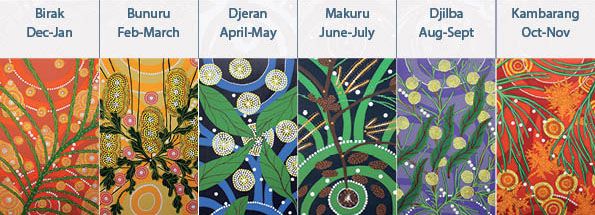Birak— First summer (season of the young)
Birak season sees the rains ease up and the warm weather really start to take hold. The afternoons are cooled by the sea breezes that abound from the southwest. This was the fire season, a time to burn the country in mosaic patterns.
An almost clockwork style of easterly winds in the morning and sea breezes in the afternoon, meant that traditionally this was the burning time of year for Nyoongars.
They would burn the country in mosaic patterns for several reasons including fuel reduction, increasing the grazing pastures for some animals, to aid in seed germination for some plants and for ease of mobility across the country.
As for the animals, there are many fledglings now venturing out of nests, though some are still staying close to their parents. Reptiles are looking to shed their old skin for a new one.
With the rising temperatures and the decreasing rainfall, it’s also time for the baby frogs to complete their transformation into adulthood.
http://www.bom.gov.au/iwk/nyoongar/birak.shtml
Leon Bolding
Principal

